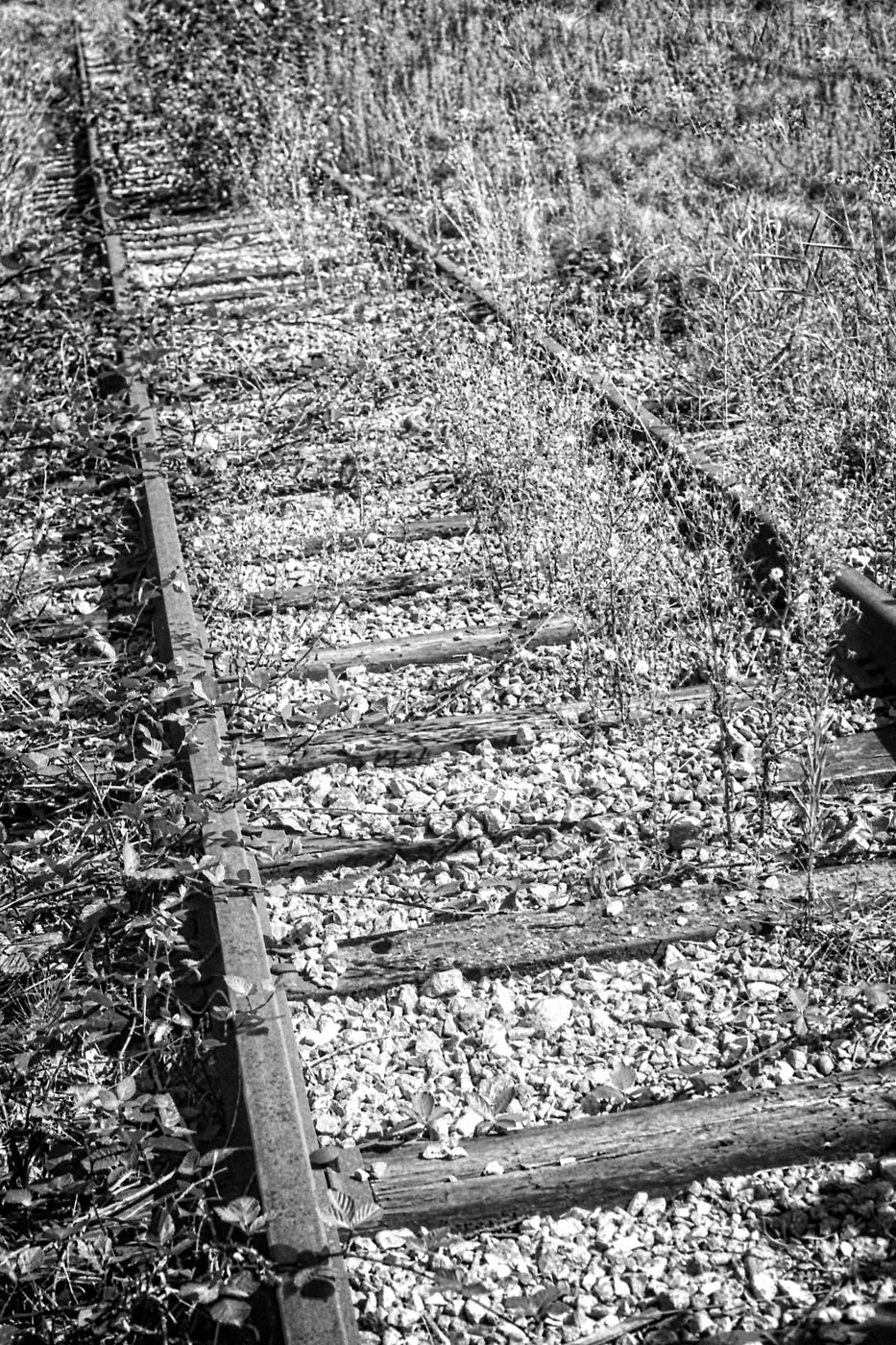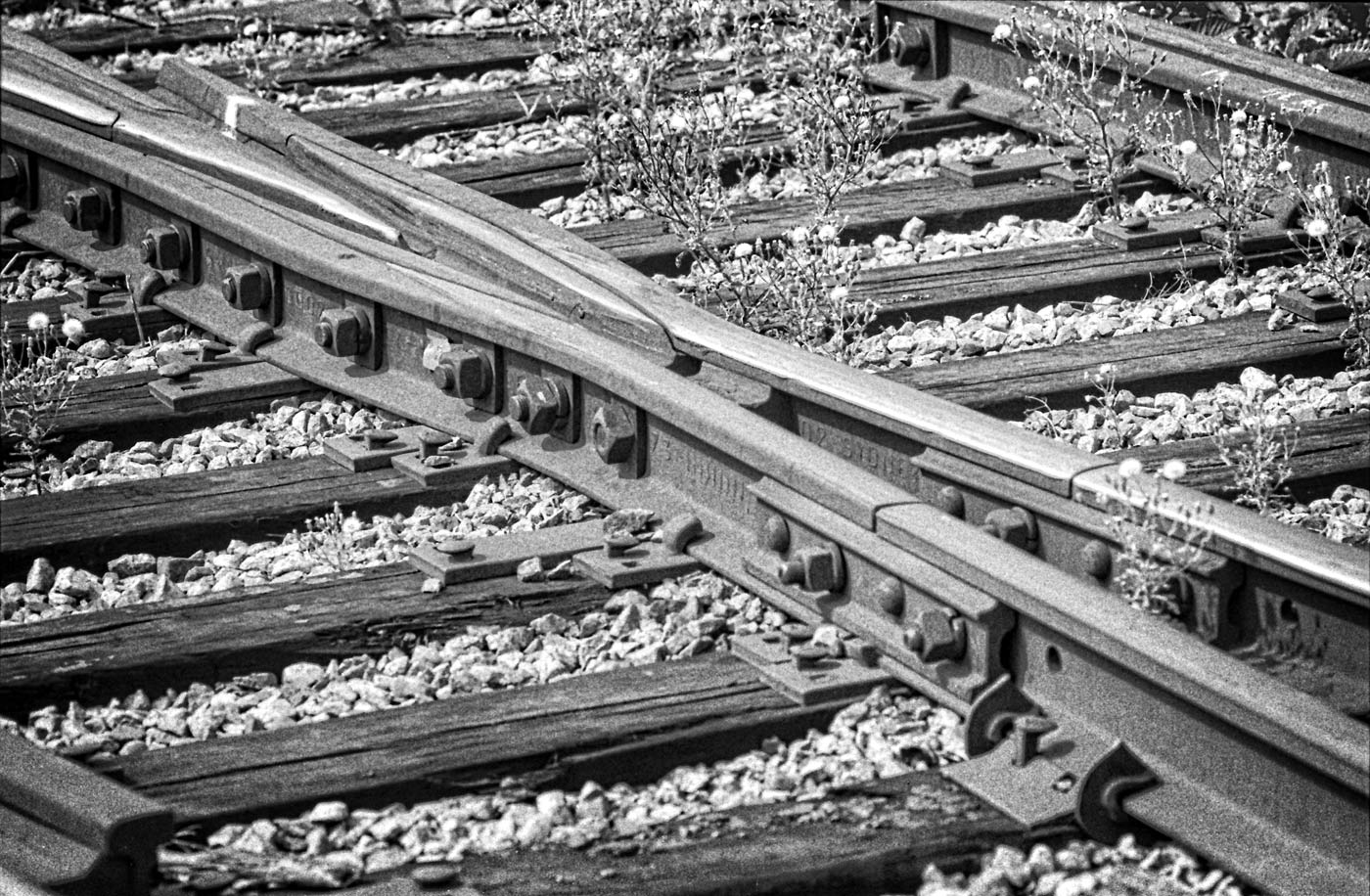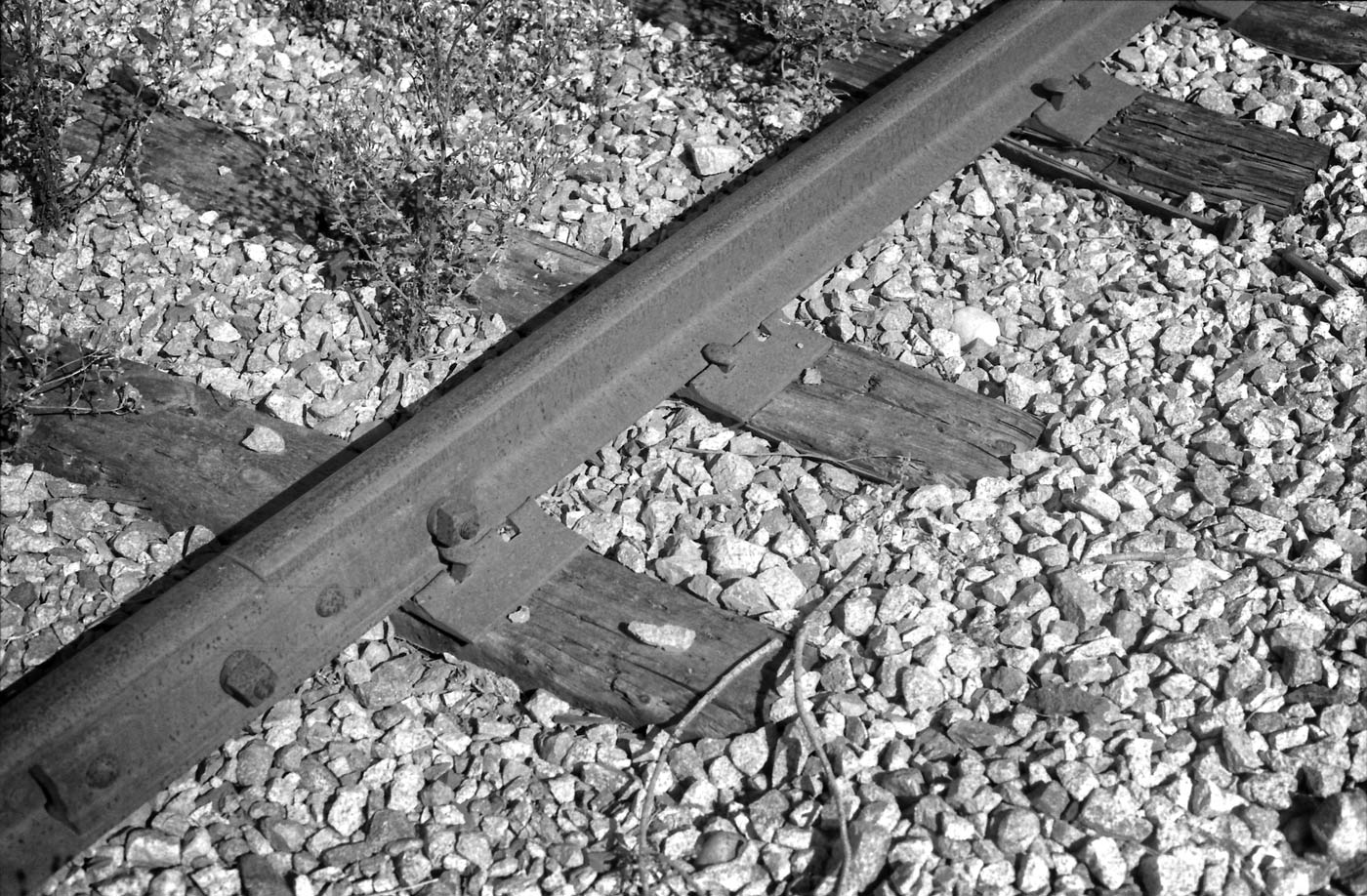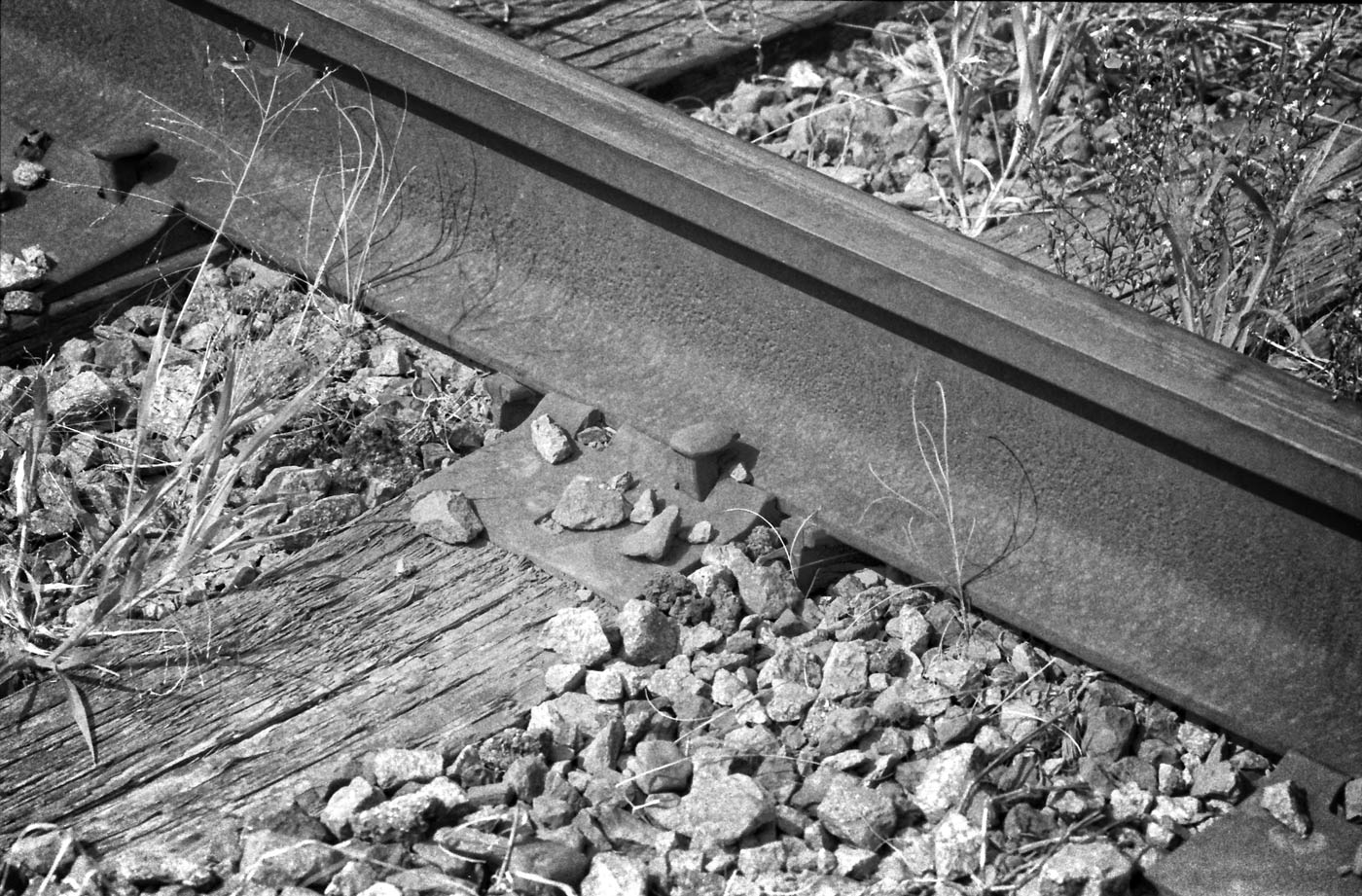As you have seen, in these pages I have mused about the meanings of Art and Style as it relates to photography. Recently my good wife got me thinking about this subject again. You see, the other day I was out taking pictures of railway tracks. Strange, you say? Well, maybe yes and maybe no. You see, the pictures I got I really like. I like them so much that I want to print and frame them to see how they look on a wall.
However, at that point I ran into a problem. Susan, my best critic with whom I live, saw them and asked what I was doing. I explained to her about the pictures and she laughed. Apparently my pictures are nonsense and they are not going on any wall in her house. It’s our home but apparently the walls belong to her. That’s weird but I don’t want to go there.
An abandoned track is a strange thing to see. Such a waste. How quickly nature would reclaim this track if left alone for a few years.
You don’t realize how much steel there is in a mile of track until you actually stop and look at the rails and the fittings. The sense of strength jumps out of the image.
In fact, she did get me thinking, but in a different direction. If I like the pictures and she does not, if I think they have artistic merit and she does not, how do we determine who is right? If I think they are art, does that make them art or simply targets for critics? Are there any absolutes when it comes to art?
This is a subject like “how big is the universe?” or “how long is time?”. The mind simply blocks up and cannot deal with the scale of the issue.
I like machinery. I like airplanes, guns, cameras, anything mechanical that has any precision to it.
And I like railroads, full size or in models. Ever since I was eight years old and my uncle Cliff Taylor, who was an engineer in a steam locomotive, would take me down to the rail yards in New Westminster in the evening to build up steam in his locomotive for the next day’s work I have loved trains. I get wonderful pleasure walking on railway tracks. I love to stand by the tracks when a powerful engine goes by and the ground shakes beneath my feet and the air vibrates with the power of it.
But it is one thing to experience it and quite another to portray the experience. It is like photographing a forest which I have written about here. How do I convey to the viewer how I feel about trains. It is not about showing you a train track, it is about getting you to feel something about trains.
But pictures of railway tracks? For me, there is much in them. For you, that is more difficult. If I am successful, you will see in the pictures what I felt standing on those tracks. I think that is the key to “art”. An image is thought of as “art” when it evokes something in the viewer that makes the piece special to that person. So what is “art” is a matter for the viewers to determine. I as the photographer I cannot dictate which of my pictures qualify. Only the viewers can do that.
For me these images have strength. They are steel. They are angular. They have texture and grit. For me this all evokes the power of the railway locomotive. But that is what is in my head. It does not determine whether others will experience any of the same emotion.
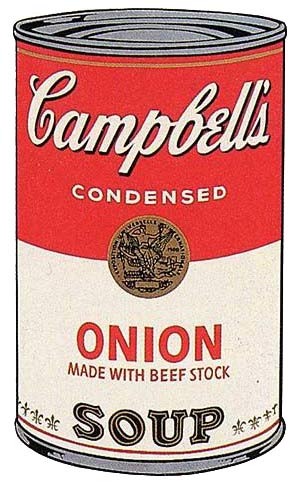
Campbell’s Soup Can (Tomato)
Andy Warhol 1962
Now consider style. This is something that is under the control of the photographer. The internet is full of lessons and tutorials about the importance of developing one’s own style. Well, one of the ways, possibly the only way, of doing that is to create images of what you like.
Consider Andy Warhol who choose a most unlikely subject, soup cans, and became famous for it. And so, there is much to be said for just doing what you please. If it is not art, possibly you will make it art in the popular mind with perseverance.
The danger there, of course, is that you may simply make a wrong turn and your pictures will not be considered as worthy of attention. But what is life if it is not risk? In any event, you will have the satisfaction of knowing you did what you liked and not what others thought you should do. That is something.
Finally, you must show your work. No matter how good your work is, if it is tucked away in your image archive and not seen by anyone, it is as if you
never took the picture! So here are my pictures. I like them and I am defining my style. If you like them, maybe they are “art”. If you don’t, then they are not. But they still remain my style.
P.S. My images here are taken on Ilford HP4 film with a Canon Pellix camera. They are part of a series of images I am taking to experience shooting some of my older cameras. I am actually coming to appreciate film again and it will now be a constant part of my workflow.


